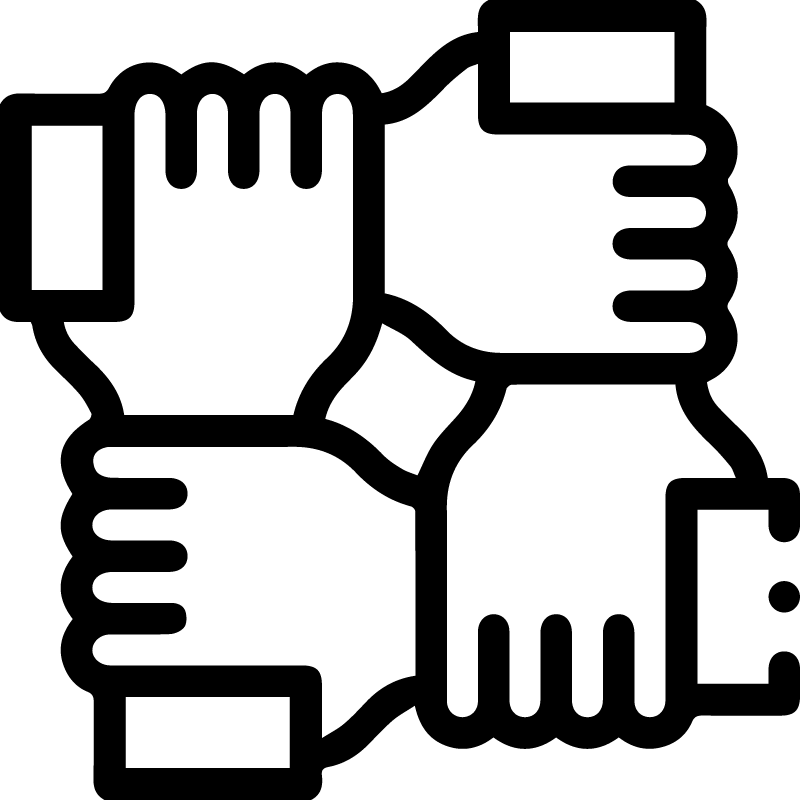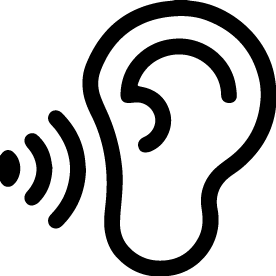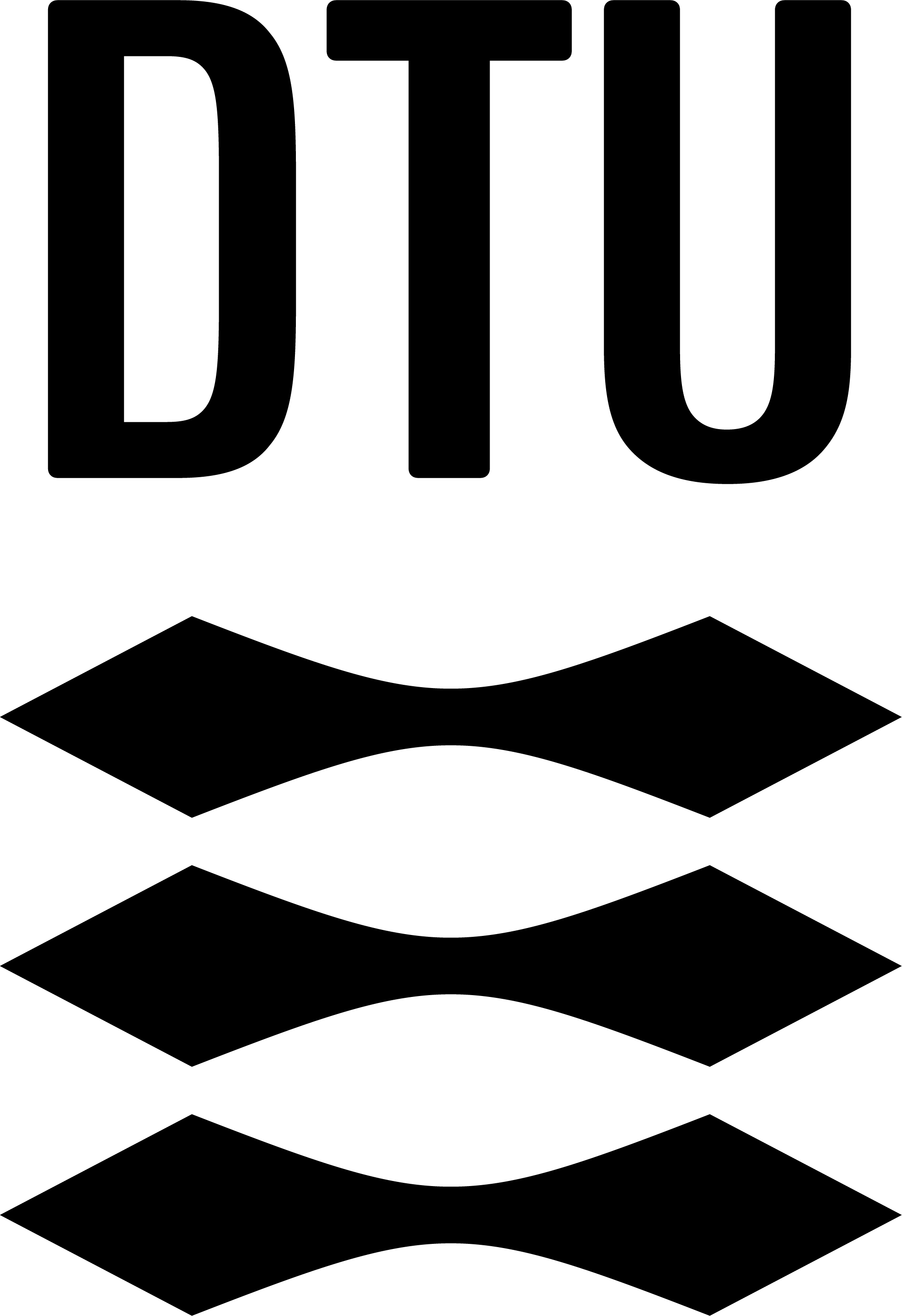Mind Map Add/remove
Purpose:
Mind mapping is a brainstorming tool that can be used to get the participants into the topic of the workshop and stimulate the participants brain creativity by warming them up for more complex brainstorming methods.
It can be used to create a good environment for brainstorming and ideation.
Participants tend to get competitive and laugh while doing the exercise which can lead to boosting the comfort between participants.
Tips to include participants who are not able to:

See

Move

Hold

Think

Hear

Focus

Belong

Speak

Touch
Overview
Input
Keywords associated with the overall problem/goal that the workshop is targeting.
Output
The key takeaway is that the participants have opened up their minds and are well prepared for more complex brainstorming methods.
The output, in terms of the new keywords, might not be super useful in the later process(or maybe they are), but at least the participants have stretched their minds and have gotten familiar with each other.
Complexity
Simple
Time
10 minutes
Participants
2-10
Activity
Core abilities:
- Write
- Reflect
- Communicate with a partner
Step by step:
Prepare some keywords that are within the scope of the workshop.
Divide the participants in teams of two.
Give each group a keyword.
Participant 1 draws a line from the keyword and writes a new keyword associated with it.
Participant 2 then draws a line and writes a new keyword associated with the first keyword.
Step 5 & 6 are repeated until the participants can not come up with new keywords.
Give the participants a new keyword to further explore every 2 minute or before if the participants are stuck.
Stop the method after 10 minutes.
When doing this method you should consider:
Prepare many keywords as the participants might get stuck before you anticipated.
Perform the method in rounds and switch the participants up after each round ensuring that all participants have tried working with each other. This will contribute to the participants feeling more comfortable as the method is simple.
Whenever you see a group not finding a new keyword fast it is a sign that they are stuck, hand them over a new word.
If the participants are already stuck after 3 new keywords, help them by giving an example of a new associated word – that can sometimes boost the creativity, if not hand them over a brand new keyword.
If you see a group where participant 1 has many ideas for new keywords but participant 2 has to think a lot, hand them over a new keyword. Else participant 2 might lose some confidence aspiring to being less creative or afraid of speaking out loud later in the workshop.
If you want the participants to be a bit more challenged you could say that they should come up with a new keyword not associated with the first word but the word just said from the other participant. This means that the participants have to think fast as they can not just create a ‘bank’ in the back of their minds with words associated with the first word.
Who is the exercise not suitable for?
If the participants are not capable of reacting fast to the new keyword the atmosphere might get tense which is why it is important that the method is used with participants that are capable of thinking somewhat fast.
Materials needed:
- Pens
- Whiteboard
- Wall space
- Template or post-its



